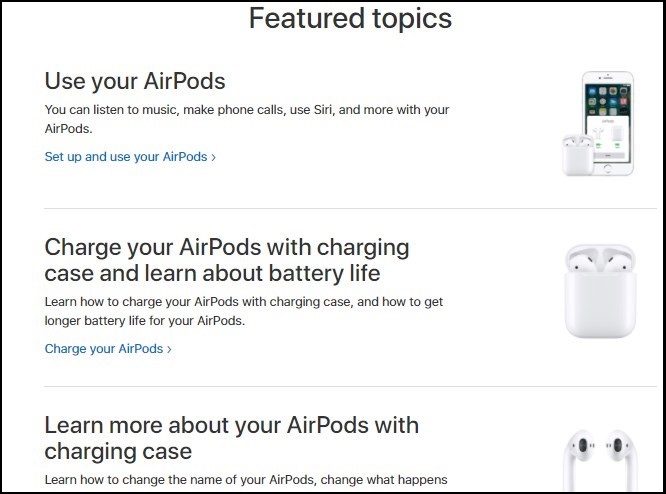By Ruchi Vohra
Welcome to the second part of a dual series on writing for Artificial Intelligence. This part focuses on context-based or conversational writing, and how we can use it to help the user navigate through a user interface.
In part 1, we had discussed and learned how to create a content model and why it is important to audit existing content to make it reusable and scalable. We learned about Metadata and how it drives search facet, search terms, and tag all or some parts of your content, making it semantically aware and searchable.
Based on those Information Architect principles, you are responsible for determining how information is displayed and accessed across a website or application. Thus, navigation and hierarchy decide the flow of your conversational writing. Based on the information gathered during research and the decisions made during hierarchy creation, an IA creates key screens to demonstrate how a user will interact with the information available.
To build a fantastic user experience using conversational writing, a slight shift to approach is required.
Write to answer WHY
Understanding the WHY behind what you’re writing allows you to uncover the intent and context. Because without a clear answer for doing something, you can never complete a task the way you should in a given time. Ask yourself questions such as, why does this work need to be done? Are there any dependencies? Place yourself in your user’s shoes and think about why the user is seeking help? By asking these questions you will understand the intent and objective.
Write first with humans in mind and then search engine
We all have used phone voice prompt system, which is also conversational. However, the main difference between a traditional Interactive Voice Response (IVR) and your conversational UI should be a human-understandable voice. Not a voice that sounds human. But, a voice that speaks like a human.
Here is an example:
Thank you for calling Urban Clap.
If you ’d like to repair your car, press or say 1.
If you’d like to repair your sink, press or say 2.
If you’d like to repair your air-conditioning, press or say 3.
If you’d like to speak to a customer care support executive, press or say 9.
Vs.
Hey Alex, thanks for coming to me with your repair problem.
Can I help you with anything specific?
I can do estimates, book a service slot, or diagnose a problem.
Write “Talk to me” based responses
Chatbot consist of three core concepts:
- Entities – The things we talk about
- Intents – The actual questions that we ask
- Responses – The answer to our stated intents
Responses are already defined in our CMS. We need to provide synonyms to respond to different user expressions. We do this by treating Intents and Responses as content elements that live within a content type.
Here are the examples:


This example is from the Apple’s support site. Example 1 displays information on how to use an iPod. The content is complete and includes all the information. But, what if the user wants to learn only “how to charge your iPod” or “how to add your favorite music”? What should be the response?
Example 2 displays information on how to use your AirPods and how to charge your AirPods with charging case. If the user wants to learn more about AirPods, you just need to map the content element “Learn more about your AirPods with charging case” article to the respective intent.
The point is, if you make content too generic in your hierarchy, you will end up with a bad user experience with endless support calls.
You need to be precise and specific when writing your topics/articles. It’s difficult to anticipate what approaches work best until we collect adequate data. This data includes how consumers are interacting with and utilizing AI-powered personal assistants, figuring out how to ask Siri, Google, or Alexa for what they want. Their queries will continue to change as the services broaden and continue to improve their offerings.
About the Author

Ruchi Vohra has over 10 years of experience as a Technical Writer. She is a documentation manager with Innovatia, based in Bangalore, India. She has an extensive experience in technical communication, content strategy, delivery, recruitment, and training. She is passionate about research in the fields of Agile Methodology, User Experience through UI and User-centric design, and Information Experience.

Recent Comments